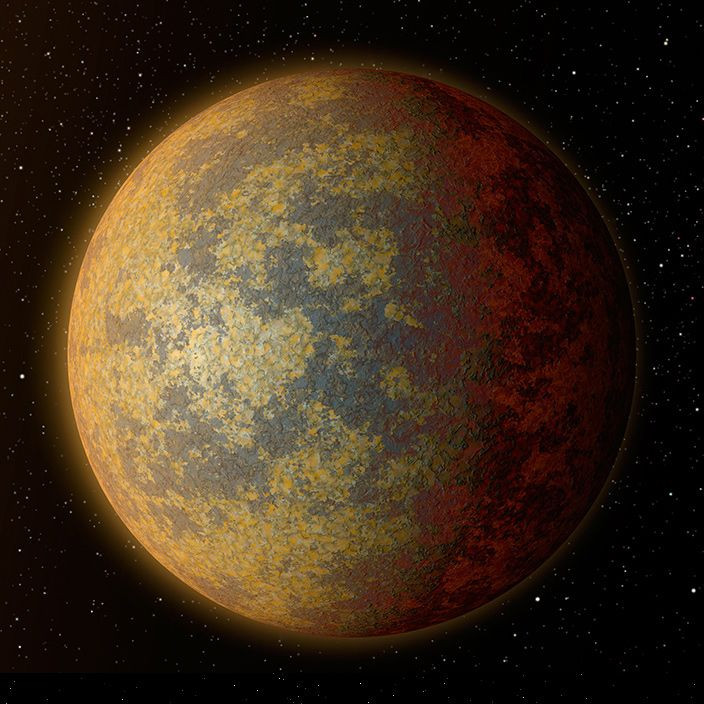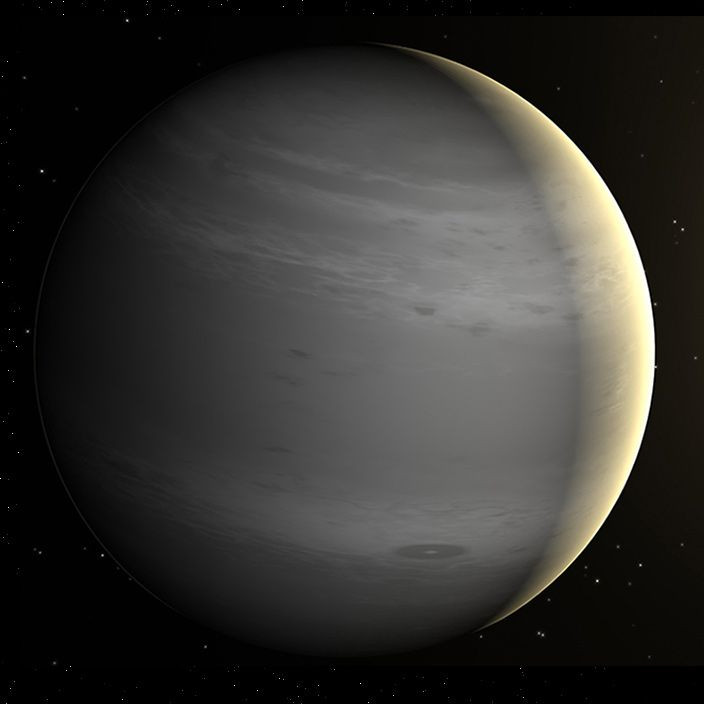NASA Kepler Discovery: Eighth Planet Found In Alien Solar System Ties Our Own

NASA scientists announced on Thursday that the space agency’s Kepler Space Telescope had discovered an eighth planet in an alien solar system, meaning it has at least as many worlds as our own solar system.
The faraway system orbits around the star Kepler-90, which is about 2,500 light-years away from Earth. Astronomers found seven planets revolving around that star in 2013. The discovery of the new planet Kepler-90i “ties Kepler-90 with our own solar system for having the most known planets,” Paul Hertz, the director of NASA’s astrophysics division at its Washington, D.C, said during a NASA teleconference on Thursday. The discovery shows that “stars can have large families of planets just like our solar system.”
NASA astronomer Andrew Vanderburg described the new planet as having a “likely scorching hot” surface that may reach about 800 degrees Fahrenheit. Data indicates that it has a rocky composition, as opposed to a gassy one, and does not have a very thick atmosphere.
Kepler-90i is the smallest of the planets in that alien solar system.
One thing that makes this discovery special is how it was done. The Kepler Space Telescope was snooping around solar systems in its search for planets that could potentially support extraterrestrial life. Then data from Kepler was combined with artificial intelligence designed by Google. A neural network, which is designed to act similarly to a human brain, was trained to identify patterns that indicate planets around distant stars and group pieces of data into different categories based on those patterns.
Christopher Shallue, a senior research software engineer at Google AI, said the artificial intelligence is able to pick up findings that have been missed in previous analyses of Kepler data.
Kepler-90 is a G-type star, which is also known as a yellow dwarf. All of the planets there are “scrunched very close to their star,” Vanderburg said — they all orbit closer in to the star than Earth is to the sun.
The nearness of the planets gives astronomers hope for more discoveries in the future. According to Vanderburg, Kepler has only examined a small area in that solar system, and there could be many more planets lurking farther out.
While Kepler-90i was the blockbuster discovery of Kepler’s matchup with the Google-designed artificial intelligence, the team found another planet as well, which has been dubbed Kepler-80g and is roughly the size of Earth. That one is the sixth planet in its own solar system, orbiting an M-type star. Vanderburg explained that, like with the Kepler-90 system, the Kepler-80 planets are all orbiting “very very tightly packed in.”
The team’s findings are described in a scientific paper being published in the Astronomical Journal.

This collaboration was the first time that a neural network was used to find an exoplanet, according to the NASA and Google researchers. However, Vanderburg noted that the researcher who discovered LHS 1140b, the planet 40 light-years away that was described as being similar to Earth, had assistance from a neural network.
The officials expressed hope that the detection technology would improve in the future to identify more kinds of planets that have been more difficult to find.
NASA’s Kepler mission has found thousands of exoplanets floating out there in space in the last eight years. The planets range in size, temperature, composition and orbital period, with only a few dozen planets that are close to the size of Earth and spinning around in their star’s habitable zone. That means of all the thousands of bodies out there that we know of, just a handful appear similar to our own.
Those Earth-like planets include Kepler-452b, which is in the constellation Cygnus, about 1,400 light-years away from us; and Kepler-186f, a planet 500 light-years away that orbits its red dwarf star every 130 days.
“Are we alone?” Kepler program scientist Mario Perez asked in an article for NASA’s Astrobiology Magazine. “Kepler says we are probably not alone.”
The space agency’s James Webb Space Telescope, which might launch in 2019, will investigate certain exoplanets to learn more about them, including their compositions. A bunch of Kepler planets might be on that list.
Apart from making a more detailed map of our universe, Kepler’s data has contributed to scientists’ understanding about planets themselves — such as what kinds of worlds may appear in which areas most frequently.

© Copyright IBTimes 2024. All rights reserved.





















